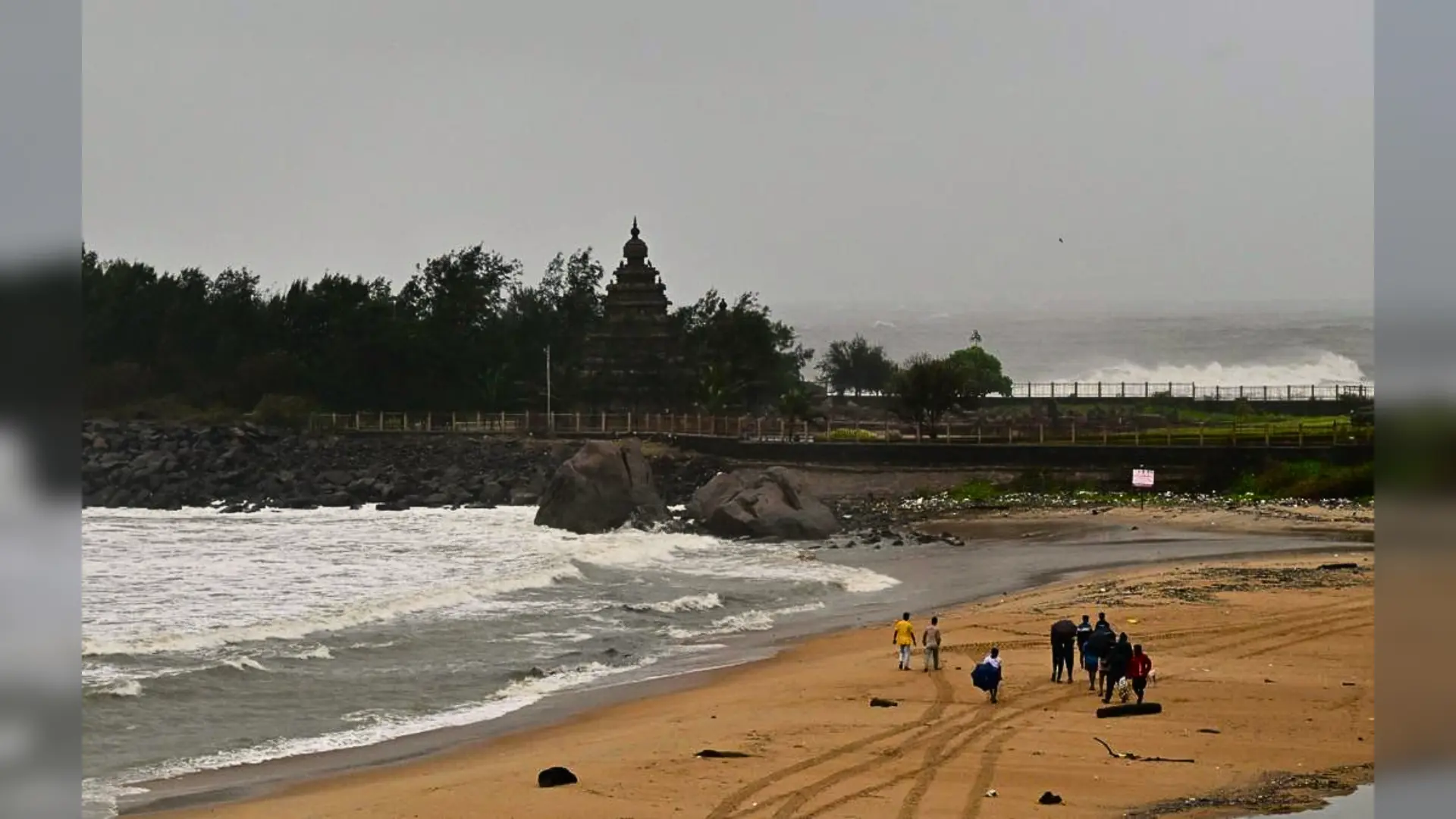Sri Lanka experienced a historic deflation of 2.1% in November, marking the highest rate of price decline since 1961, as per official data released on Saturday. The drop comes as the nation continues its recovery from a severe financial crisis that wreaked havoc on its economy in 2022.
The country faced a record-breaking financial collapse last year, characterized by severe shortages of consumer goods and inflation that soared to almost 70%. This crisis led to widespread public unrest and a call for economic reforms.
Measures Driving Economic Recovery
Sri Lanka’s recovery has been supported by a $2.9 billion bailout package from the International Monetary Fund (IMF). In addition, austerity measures such as increased taxes, reduced government spending, and energy price adjustments have helped stabilize the economy. These reforms have also led to a gradual decline in prices over recent months, with deflation of 0.5% recorded in September and 0.8% in October.
The Central Bank of Sri Lanka attributed the November deflation primarily to falling energy prices and a reduction in volatile food prices. In a statement, it projected that headline inflation would remain negative in the coming months before stabilizing around its target of 5%.
Government’s Commitment to IMF Bailout Program
President Anura Kumara Dissanayake, elected in September, has pledged to adhere to the IMF bailout program, continuing the policies initiated by his predecessor. These include tax increases and budgetary cuts aimed at long-term fiscal sustainability.
Sri Lanka’s economic challenges remain, but the deflationary trend indicates progress in stabilizing consumer prices and alleviating the hardships faced by its population. As the government works to rebuild the economy, the IMF program is expected to play a key role in ensuring a sustainable recovery trajectory.
Also Read: Thanksgiving Day: Three Teens Killed In Fatal Tesla Cybertruck Crash In California

















